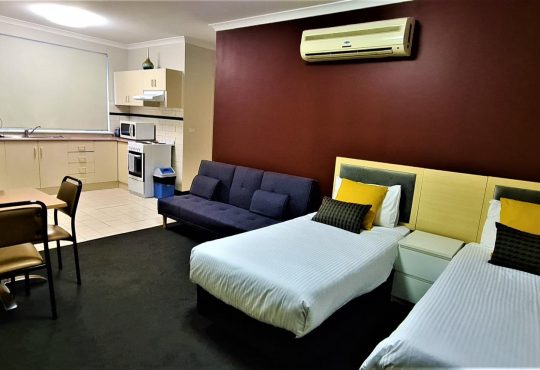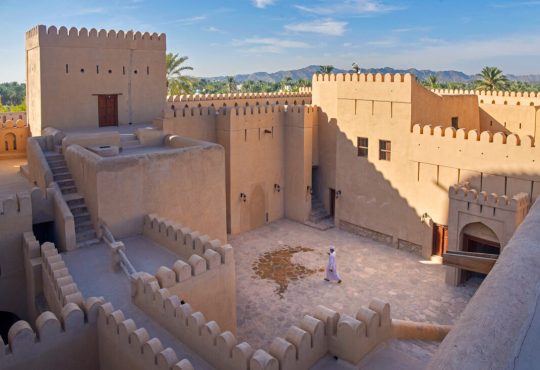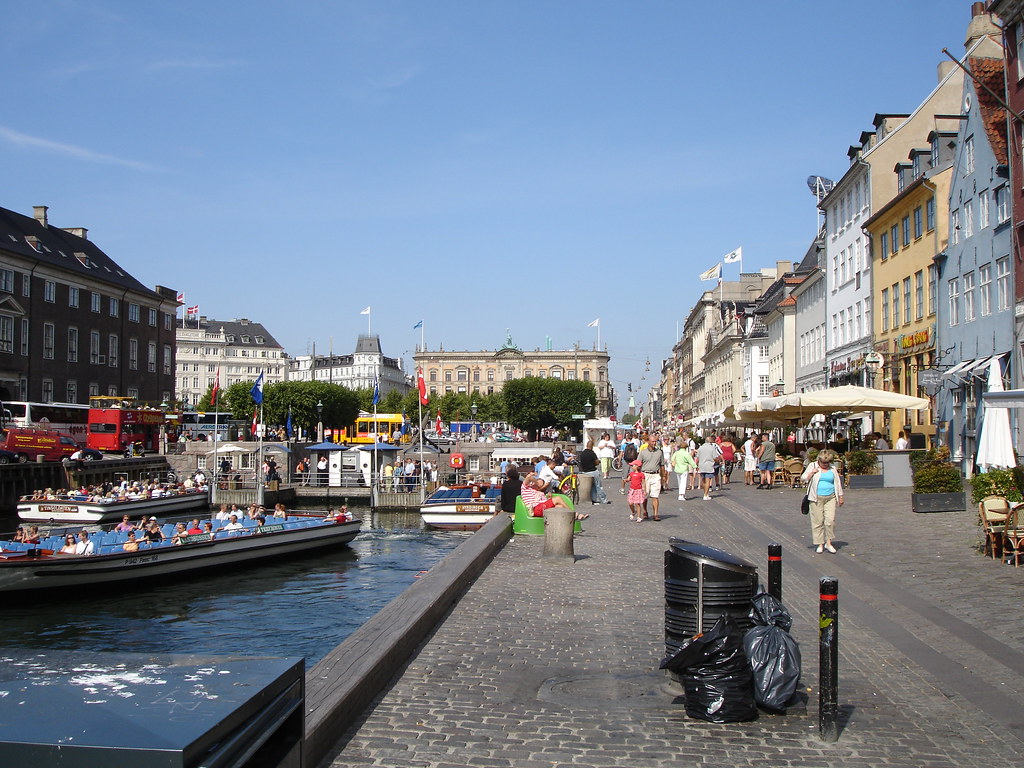
Making the Most of Your Trip to Denmark
Planning a trip to the happiest country in the world? Here’s a few tips on how to make the most of your time in the Kingdom of Denmark.
Some Quick Facts
One of the oldest monarchies in the world, most people know Denmark as the home of the scourge of the seas and pillagers of land – the Vikings. Nowadays though, you’d be hard-pressed to find a scowling Dane. The country regularly tops the World Happiness rankings due to their stable government, low levels of public corruption, and access to high-quality education and health care, and most of all, Hygge – the pursuit of high-level social interactions.
Some of Denmark’s other claims to fame are the pastry of the same name and being the first country to legalize porn, all the way back in 1969!
Denmark Geography
The main part of Denmark is Jutland and the two islands Funen and Zealand. Jutland is connected to Germany by land, but the rest of Denmark is surrounded by sea, which probably explains how they perfected the art of building ships. For the most part, Denmark is flatlands with little elevation.
The biggest cities in Denmark are Copenhagen, Aarhus and Odense. Copenhagen is the capital of Denmark and is home to about 600 000 Danes. The official language is Danish, but almost everyone speaks English as well. A fair percentage of the population also speaks German, Spanish or something else, so you won’t have trouble making yourself understood.
When Should I Visit?
The absolute best time to visit Denmark is in the spring or summer (between March and August). Like most Scandinavian countries, autumn and winter in Denmark is cold and rainy, and most people stay indoors. That’s not to say winter doesn’t have its own appeal, just that you’ll probably enjoy yourself more when the sun comes out.
Getting Around in Denmark
With over 12,000 km. of sign-posted cycle routes, Denmark is made for cycling. Having said that, the public transport system is excellent as well. All transport companies offer tourist tickets, so you really won’t have any issues getting around.
Now, let’s dig into what you’re really here for. What is there to do in Denmark?
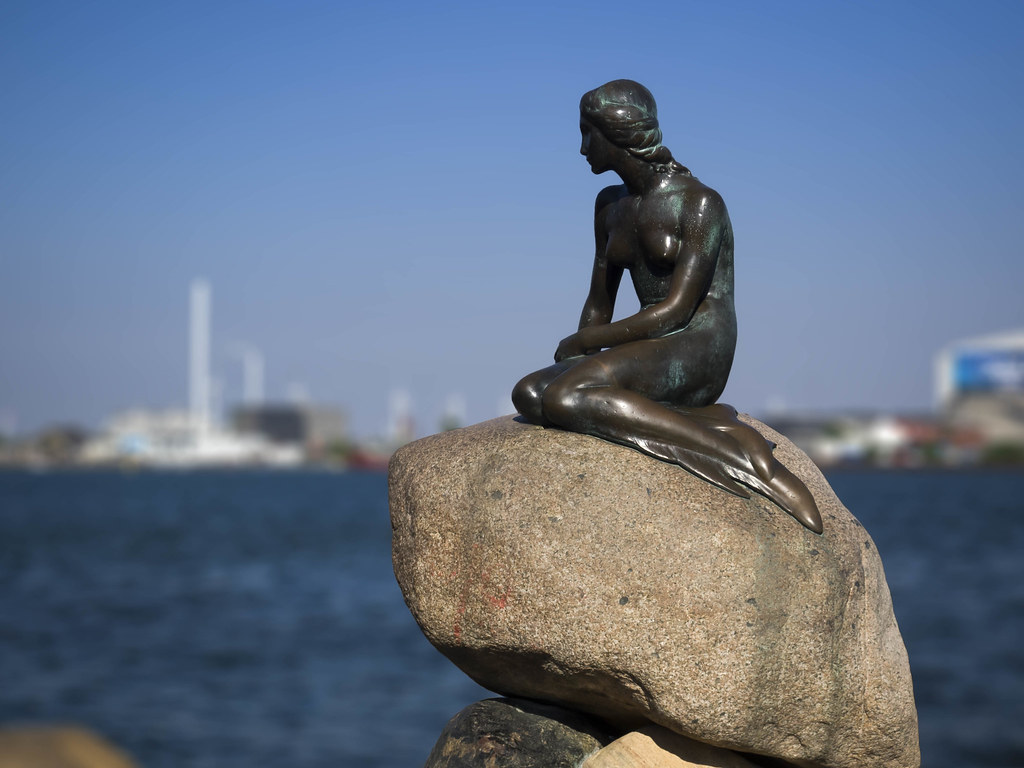
Things to do in Jutland
Jutland is mainly known for its endless beaches, big dunes and dramatic landscape. Every summer thousands of Germans and Danes go to Jutland for a week or two to swim in the sea and get some sand between their toes. North Jutland, the very top of Denmark, is known for its special light and raw nature. It’s also at the very tip of North Jutland that the two seas Skagerrak and Kattegat meet each other. The collision of the waves is clearly visible to the naked eye.
Grenen: A sand formation from where you can see Skagerrak and Kattegat crash into each other.
Skagen: The most delightful little town. You definitely want to spend a couple of hours in Skagen.
Råbjerg Mile: A colossal migrating sand dune. You’d never know this was Denmark.
The sand-buried church: It used to be a functioning church, but around the year 1800 it became increasingly difficult for the parishioners to dig their way to church services. Today only tower of the church is visible. The rest is buried in sand.
Aarhus – the City of Smiles: Aarhus is the second biggest city in Denmark, and it has a lot to offer in terms of food, culture and shopping.
Legoland and Lego House: Go brick-berserk. An absolute must for families.
ARoS: The biggest art museum in Aarhus and one of the largest museums in Northern Europe. One of the big attractions is the rainbow panorama, a 150-meter-long, circular panoramic path with views of the surrounding city, located on top of the museum.
Black sun: Black sun is one of the most impressive and exciting natural phenomena in Denmark. Every year hundreds of thousands of starlings meet in the marshlands in southwestern Jutland where they flit about and dance in the evening sky.
Things to do on Funen
Funen is the island squeezed in between Jutland and Zealand. It may not be big, but it is beautiful. There are loads of good reasons to spend a few days on H.C. Andersen’s birth island.
The South Funen Archipelago: A unique area of 55 islands easily reached from Funen. Keywords: tranquillity, salty sea air and slow living.
Everything H.C. Andersen: The H.C. Andersen Museum, his birth home, his neighborhood, the parade etc. In case you weren’t aware, we have Hans Christian Andersen to thank for most of our fairytales, like The Little Mermaid and The Ugly Duckling.
Egeskov Slot: Europe’s best-preserved Renaissance moat-surrounded castle. A great day trip.
Odense: Denmark’s third-largest city is buzzing with life. Visit the old quarter with its crooked houses, the brand new harbor-quarter or the lovely Latin quarter.
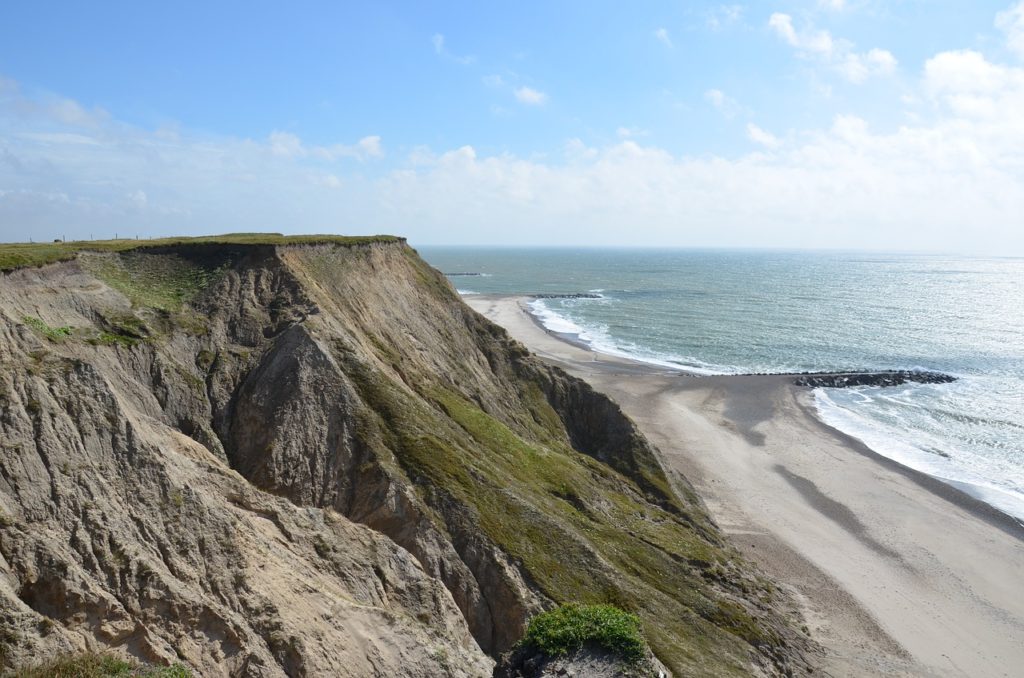
Things to do on Zealand
Zealand’s claim to fame is largely Copenhagen, the nation’s very happening capital. When you’re in the midst of planning a trip to Denmark, don’t forget to reserve at least three days for Copenhagen.
Tivoli, Nyhavn and the Little Mermaid: The fifth most visited theme park in the world is found at Tivoli. Nyhavn is the waterfront district in Copenhagen that is jam-packed with culture and history. The Little Mermaid Statue needs no introduction.
Castles: Kronborg Castle (home of Hamlet) and Fredensborg Castle are both very impressive.
Roskilde: A city of kings and Vikings. In Roskilde Cathedral, no less than 38 Danish monarchs have been laid to rest for eternity. The cathedral is also on UNESCO World Heritage list. In Roskilde, you also find the Viking Ship Museum.
Møns Klint: An impressive 6km stretch of chalk cliffs that words cannot do justice to. Take our word for it and go see it in person.
We hope this guide to Denmark has helped you figure out where to go and what to see. Share your experiences in the comments below!
